Successful products solve problems.
To launch products that thrive you need to know what problem you’re solving and for whom.
If your product does not meet users’ needs, or users don’t understand how your product solves their problems, then you’re likely to fail.
Product strategy can help address this by keeping product teams focussed on people, problems, what should be achieved, and why.
Trusted by
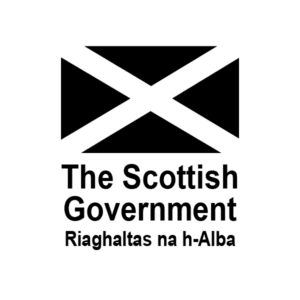


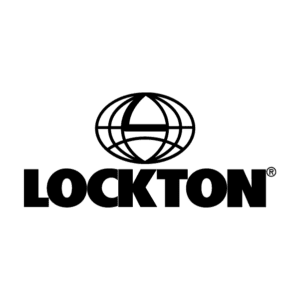

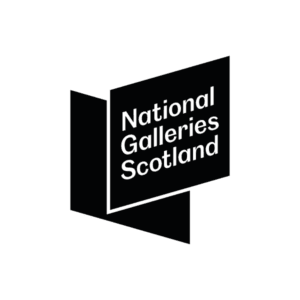
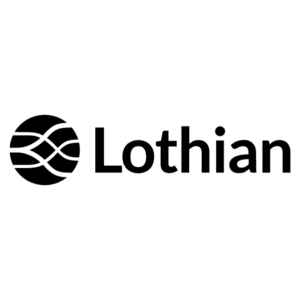





What is product strategy?
A product strategy is a high-level plan that should provide anyone with a clear understanding of an organisation’s business objectives for developing a product and how this will be achieved.
At the very least it should provide answers to the following:
- What is the long-term vision for the product?
- Who is the product for?
- What challenges do they face?
- What specific problem(s) will our product solve?
- What benefits and outcomes will this provide?
- What needs to be done to plan to design, develop, and launch the product?
- How will success be measured?
It is critical to invest the time to develop a robust product strategy prior to defining your product roadmap or commencing design or development. As this is the only way to ensure:
- A roadmap is based on a sound understanding of what you need to achieve from a business and an end-user perspective
- As things inevitably change or compromise is required, there’s a clear reference point to guide decisions
- Everyone understands the purpose of the product and can articulate the core value proposition and specific benefits the product will provide
Our proven approach to defining product strategies ensures in-house team’s get the insights and direction they need to deliver better products, faster.
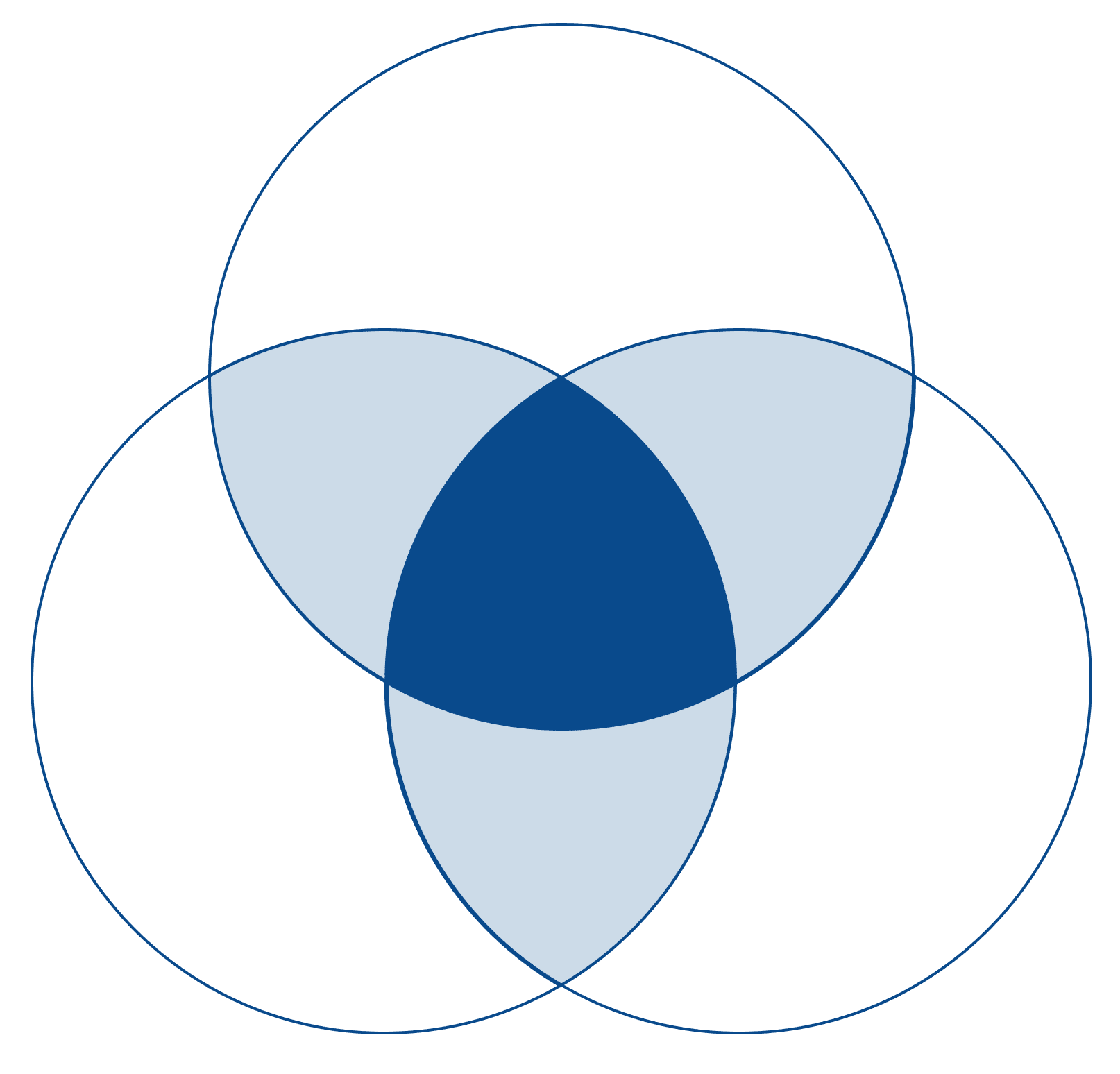
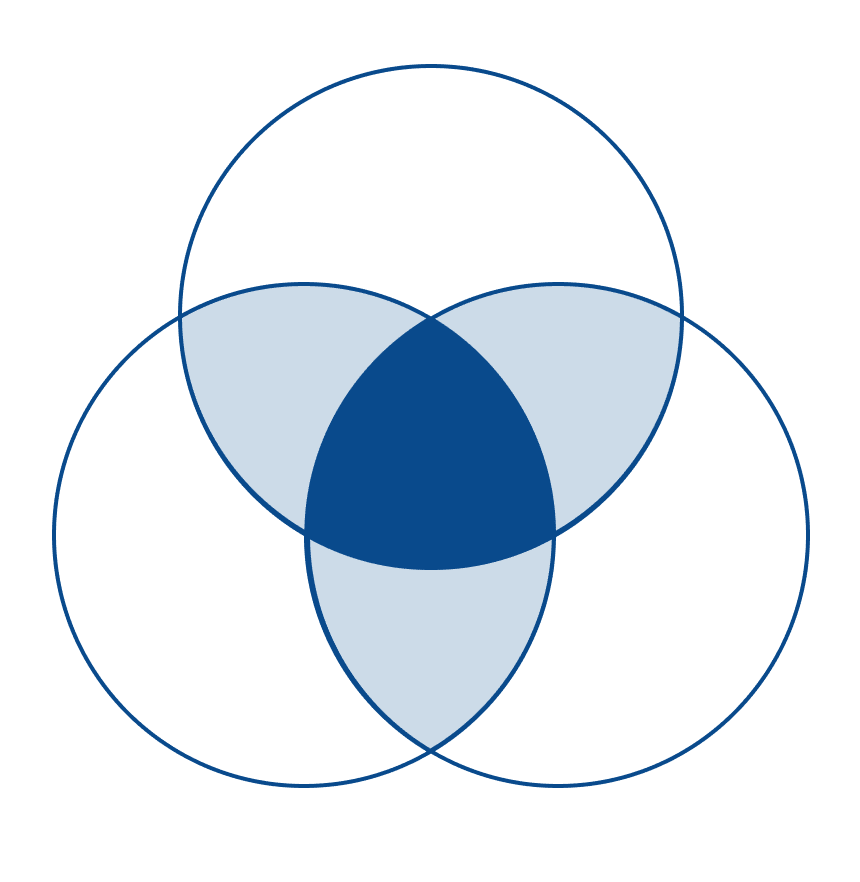
Key benefits of a product strategy
Establish a shared focus on what must be achieved.
Define a user centred framework for making tactical decisions.
Accelerate product design and development processes.
What do I get?
- Draft business case
- Product strategy canvas detailing:
- Stakeholder map
- Target markets and key segment prioritisation
- Key challenges and problems to be solved
- Existing/Competing solutions
- Product vision, mission, tagline
- Product design and development principles
- Features, benefits and outcomes
- Unique selling points
- Unique value proposition
- Product description
- Product positioning statement
- Key messages and proof points
- Assumption map
- Insights log
- Product roadmap.
On some projects this will also involve:
- Market, competitor, and user research
- Developing design and technical documentation such as briefs, guidelines, and user stories
Fees
Fees for a product strategy start from £25,000 (exc. VAT).
Timeline
The average turn-around time for a product strategy project is 6-weeks.
What our clients think
“We have worked with Border Crossing UX for three years now on various projects. They truly understand how to help deliver a world-class user experience. Working with them is an absolute pleasure.”
“NHS 24 needed to complete a product deep dive which covered a number of areas. I cannot recommend them enough to anyone considering how to drive forward their digital ambitions and develop greater user insight across their digital estate and transformation strategies.”
“Border Crossing UX provided the expertise and support the National Galleries of Scotland needed and have become a trusted supplier.”
“We believed your knowledge, experience and approach would help us achieve our aspirations, and you delivered!”
“Border Crossing UX’s support and insights were core to ensuring our digital touch points centred on our customer’s needs.”
Want to work with us too?
Discuss your aims and objectives with a user experience specialist.
How do you approach product strategy?
Our user centred approach to defining product strategies ensures we:
1. Define objectives, priorities, and constraints
- Kick-off workshop
- Measurements of success framework
- Project plan and schedule


2. Understand context
- Stakeholder mapping
- Review source material
- Stakeholder interviews
3. Conduct research and analysis
- Market research
- Competitor analysis
- User research


4. Collaborate and generate
- Collaborative product strategy definition workshop(s)
- Target market segmentation
- Value proposition and key message refinement
5. Document, communicate, and support
- Develop product strategy canvas long-form documentation
- Face to face presentation(s)
- Ongoing support and iteration

Get to market and find product/market-fit faster by developing a user centred product strategy that ensures you deliver the right experience to the right people.
Want a user centred product strategy?
Discuss your aims and objectives with a user experience specialist.